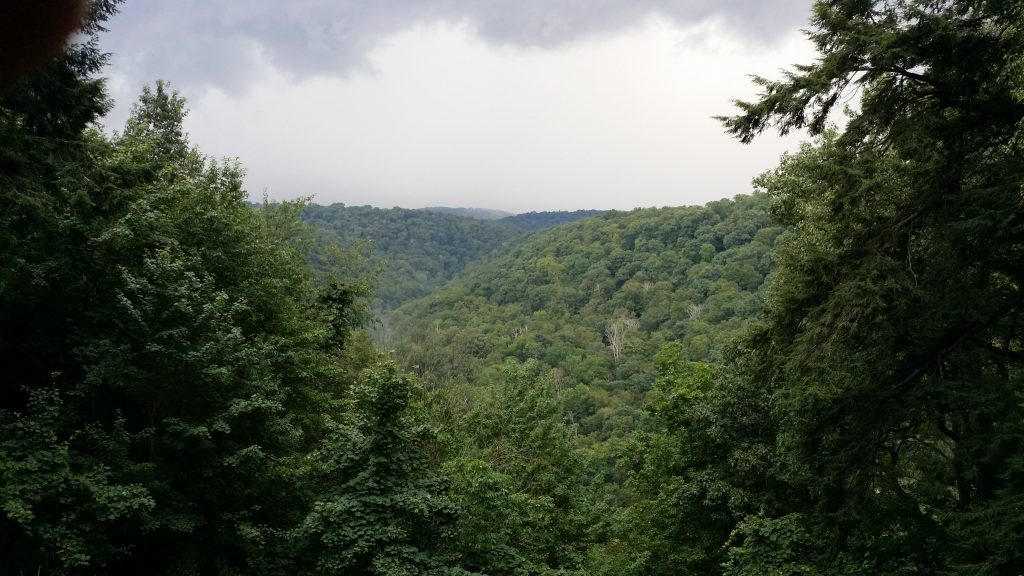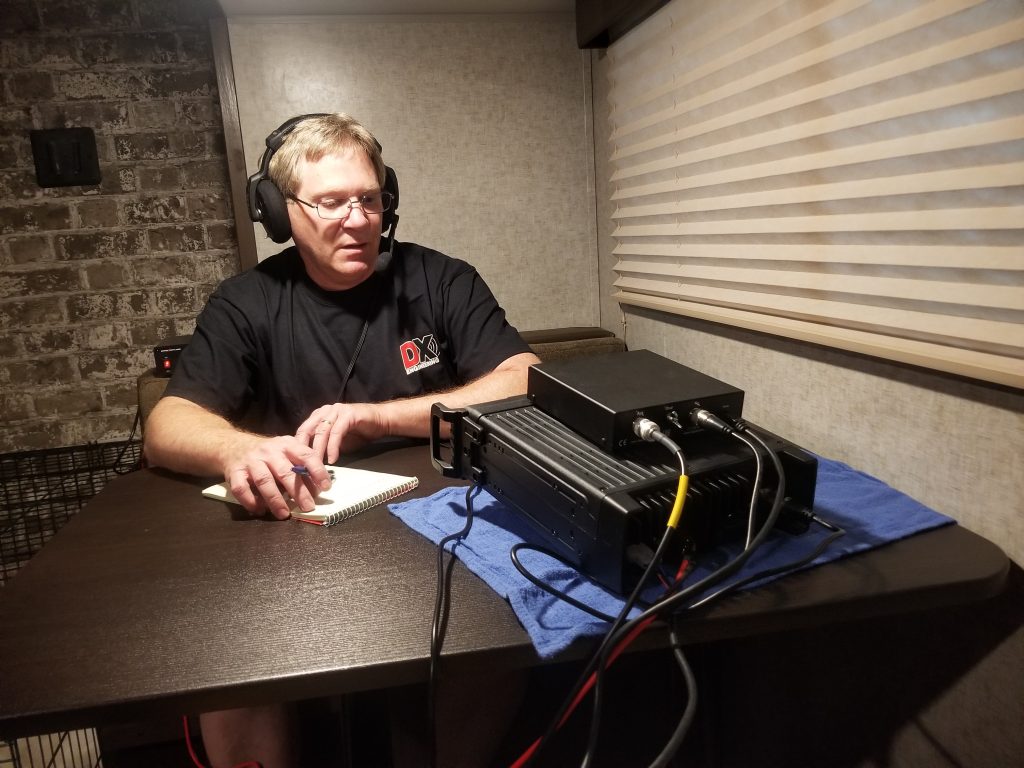
While Field Day lets us exercise our emergency communication muscles for a weekend in June, there’s an ongoing program that puts EMCOMM and the splendor of nature front and center 365 days a year.
If you enjoy operating in the great outdoors, Parks on the Air℠ (POTA) provides opportunities to advance your portable deployment skills, win awards, ragchew with like-minded Hams, take in some spectacular views, and maybe get a dose of Vitamin D in the process.
From POTA’s website, the program is designed to “promote emergency awareness and communications from national and state/province level parks.” There are more than 10,000 sites to choose from in the U.S. and Canada. As of June 12, POTA operators had recorded a total of 538,351 QSOs. Started by a small group of U.S. volunteers in 2016, POTA now boasts 1,500-plus registered users. One of those is John, KJ3X of DX Engineering.
“Parks on the Air combines a few of my favorite things—Ham Radio, the outdoors, and, if the conditions are right, the occasional pileup,” John, KJ3X explained. “Parks on the Air brings publicity to Amateur Radio, and Amateur Radio brings publicity to parks that normally might be overlooked. I’ve made contacts with people who never knew a particular park existed and have since visited that location.”
John, KJ3X gave us a rundown of the gear he takes when activating a park:
- Yaesu FT-891 HF/50MHz All Mode Mobile Transceiver
- SOTABeams Tactical 7000hds Compact Heavy-Duty Telescopic Mast
- SOTABeams Band Hopper Portable Dipole Antenna
- DX Engineering RG-8X PL-259 Low-Loss 50-ohm Coax Cable Assemblies
- Bioenno 20ah Lifipo Battery or a 100ah Lead Acid Battery depending on weight concerns
- Heil Proset 3 Headphones for noisy conditions
- Solar panel (on some outings)
Other recommended items to take during portable park operation include bug repellant and insect-proof clothing, sunscreen, atlas or printed map, headlamp if operating after dark, first aid kit, water and snacks, and long power cord if using AC power.
In addition to the benefits of fresh air and great memories, POTA awards are given for Activators (amateurs operating from within a POTA designated park), and for the Hunters who contact them. Unique awards include making QSOs with parks in all 50 states, working six parks on six meters, and logging 1,000 QSOs from the same park. Click here for all available awards. Per the rules, participants must make a minimum of ten QSOs for the activity to count toward a POTA activation. This must be accomplished within the same day in Zulu Time 00:00-23:59.
The POTA website includes all the information you need to get started. You’ll find registration information, a list of qualified parks and zoom-in map locator tool, rules, frequently asked questions, and active spots to begin your pursuit of POTA-chasing glory.
Encouragement from a First-Time POTA Operator
Here’s a video of DX Engineering’s Jeff, KB8ZWT discussing preparations for his first POTA activation at West Branch State Park (K-1999) in Portage County, Ohio.
How did it go for KB8ZWT at the park?

“After getting the camper set up, I set up the Chameleon MPAS portable HF antenna with the MIL-EXT and ground spike,” he said. “I also used three 32-foot ground radials. Around 8:30 pm it was time to POTA. I started calling CQ, CQ, CQ POTA. My first contact was from Canada. I made 33 contacts in about one and a half hours. I had a lot of fun. We left early on Saturday because of incoming weather.”
Other Outdoor Opportunities
POTA is just one of many programs that get folks on the air outside of the shack. For outdoor enthusiasts in Ohio, home state of DX Engineering, you’ll want to begin preparing for the 12th Annual Ohio State Parks on the Air (OSPOTA) event. This Amateur Radio contest, designed to “contribute to the recognition that Ohio has a very diverse and wonderful ecology,” will be September 7. Read all the details here.


Pingback: Guide to Canadian National Parks on the Air 2019 - Ham Radio News